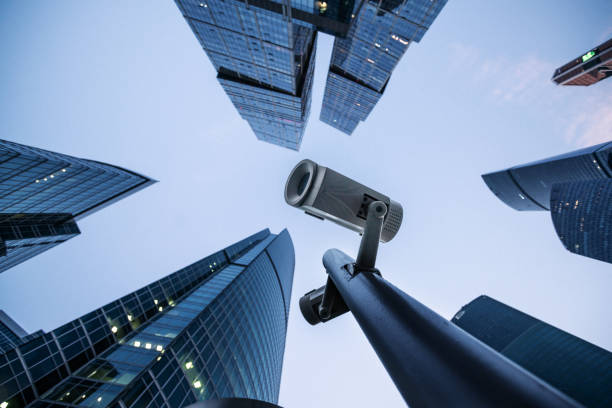Installing a closed-circuit television (CCTV) system with advanced amenities is an effective way to enhance the security and surveillance capabilities of your home or business. With technological advancements, CCTV systems now offer a range of features and functionalities that provide improved monitoring, remote access, and enhanced video quality. In this blog, we will provide a step-by-step guide on how to install a CCTV system with advanced amenities, ensuring you can protect your property and enjoy the benefits of modern surveillance technology.
Step 1: Assess Your Surveillance Needs:
Before installing a CCTV system, assess your surveillance needs and identify the areas you want to monitor. Consider vulnerable entry points, high-traffic areas, and any specific security concerns. This assessment will help determine the number of cameras required, the type of cameras suitable for each location, and the storage capacity needed for recorded footage.
Step 2: Choose the Right CCTV System:
Selecting the right CCTV system is crucial for meeting your surveillance requirements. Consider factors such as camera resolution, night vision capabilities, weather resistance (if applicable), and the ability to integrate with advanced features like motion detection, facial recognition, or remote access. Research different CCTV installation services brands and models, read reviews, and consult with professionals if needed to make an informed decision.
Step 3: Plan Camera Placement:
Plan the optimal placement of cameras to ensure maximum coverage and effectiveness. Position cameras strategically to cover entry points, critical areas, and blind spots. Aim for a balance between capturing a wide field of view and maintaining clear image quality. Consider factors like camera angle, height, and the need for additional accessories such as brackets or mounts. Ensure cables and power sources are accessible for a tidy and efficient installation.
Step 4: Install Cameras and Wiring:
Follow the manufacturer’s instructions to install each camera securely. Typically, this involves mounting the camera on a wall or ceiling and connecting it to the power source and recording device. Ensure the camera is properly aligned and adjusted for optimal viewing angles. Conceal or secure cables to minimize tampering and maintain a neat installation. If using wireless cameras, ensure they are connected to the network according to the manufacturer’s guidelines.
Step 5: Set Up Recording Device and Storage:
Connect the cameras to the recording device, such as a digital video recorder (DVR) or network video recorder (NVR). Configure the recording settings, including resolution, frame rate, and recording schedule. Ensure the storage capacity is sufficient to store the desired amount of footage. Consider options for remote access and mobile viewing, which may require configuring network settings or using dedicated software or apps provided by the CCTV system manufacturer.
Step 6: Test and Fine-Tune the System:
After installation, thoroughly test the CCTV system to ensure proper functioning. Verify camera coverage, image quality, and motion detection capabilities. Adjust camera angles or settings as needed to optimize performance. Test remote access features and ensure you can view live footage and access recorded video remotely. Familiarize yourself with the system’s user interface and settings for ease of operation.
Step 7: Regular Maintenance and Upgrades:
Maintain your CCTV system by periodically checking camera functionality, cleaning lenses, and ensuring proper power supply. Regularly review recorded footage to identify any potential issues or security breaches. Stay informed about firmware updates or software upgrades provided by the manufacturer to enhance system performance and security.
Conclusion:
Installing a CCTV system with advanced amenities can greatly enhance your property’s security and surveillance capabilities. By assessing your surveillance needs, choosing the right system, planning camera placement, installing cameras and wiring correctly, setting up the recording device and storage, testing the system, and conducting regular maintenance and upgrades, you can enjoy the benefits of a modern and efficient CCTV system. Remember to consult professional installers

